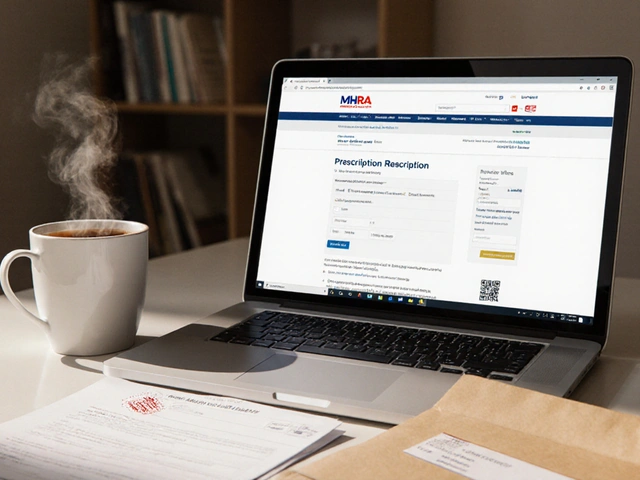Ovulation Induction: How to Boost Your Chances of Conceiving
When dealing with ovulation induction, a set of medical techniques that stimulate the ovaries to release mature eggs. Also known as fertility induction, it can turn a cycle that wouldn’t normally produce an egg into a viable one. Ovulation induction is often the first step for couples facing infertility, and it works best when paired with proper monitoring and lifestyle tweaks.
Key Players in the Induction Process
One of the most common drugs is Clomiphene citrate, a selective estrogen receptor modulator that tricks the brain into thinking estrogen levels are low, prompting a surge of follicle‑stimulating hormone. Another option is gonadotropins, injectable hormones like FSH and LH that directly boost follicle growth. Both agents aim to create multiple follicles, increasing the odds of a healthy egg.
When a woman has Polycystic Ovary Syndrome (PCOS), a hormonal disorder that often disrupts natural ovulation, ovulation induction becomes especially valuable. PCOS can make the ovaries resistant to the body’s own signals, so external drugs help override that resistance. The relationship is clear: PCOS influences the choice and dosage of induction medication, while induction can help PCOS patients achieve a regular ovulatory cycle.
Ovulation induction encompasses drug therapy, requires careful ultrasound monitoring, and is influenced by underlying conditions like PCOS. In practice, this means a patient will start a medication protocol, then see a fertility specialist for serial ultrasounds to track follicle size, endometrial thickness, and the timing of the trigger shot that finalizes egg maturation.
Monitoring ties everything together. Ultrasound scans let doctors see how many follicles are growing and whether they’re reaching the ideal 18‑22 mm size before the trigger. Blood tests for estradiol levels add another safety layer, preventing ovarian hyperstimulation syndrome (OHSS). The more precise the monitoring, the safer and more effective the induction.
Beyond drugs, lifestyle tweaks can boost results. Maintaining a healthy weight, reducing stress, and ensuring adequate vitamin D and omega‑3 intake have all been shown to improve response to induction medication. Even small changes—like swapping sugary drinks for water or adding a short daily walk—can make a noticeable difference in how the ovaries react.
Finally, ovulation induction often serves as a bridge to other assisted‑reproductive technologies. If the cycle produces several mature eggs, they can be retrieved for in‑vitro fertilization (IVF) or used in timed intercourse or intrauterine insemination (IUI). The flexibility of the approach means patients can tailor their plan to their goals and budget.
Below you’ll find detailed articles that dive into each drug, explain monitoring protocols, discuss PCOS‑specific strategies, and share real‑world success stories. Whether you’re just hearing about ovulation induction or you’re ready to start a cycle, the guides ahead give you practical steps and trustworthy information to move forward confidently.
Clomiphene’s Role in IVF: Benefits, Protocols & Outcomes

Explore how clomiphene works in IVF, its protocols, success rates, risks, and a comparison with injectable gonadotropins to help you choose the right fertility strategy.
read more



